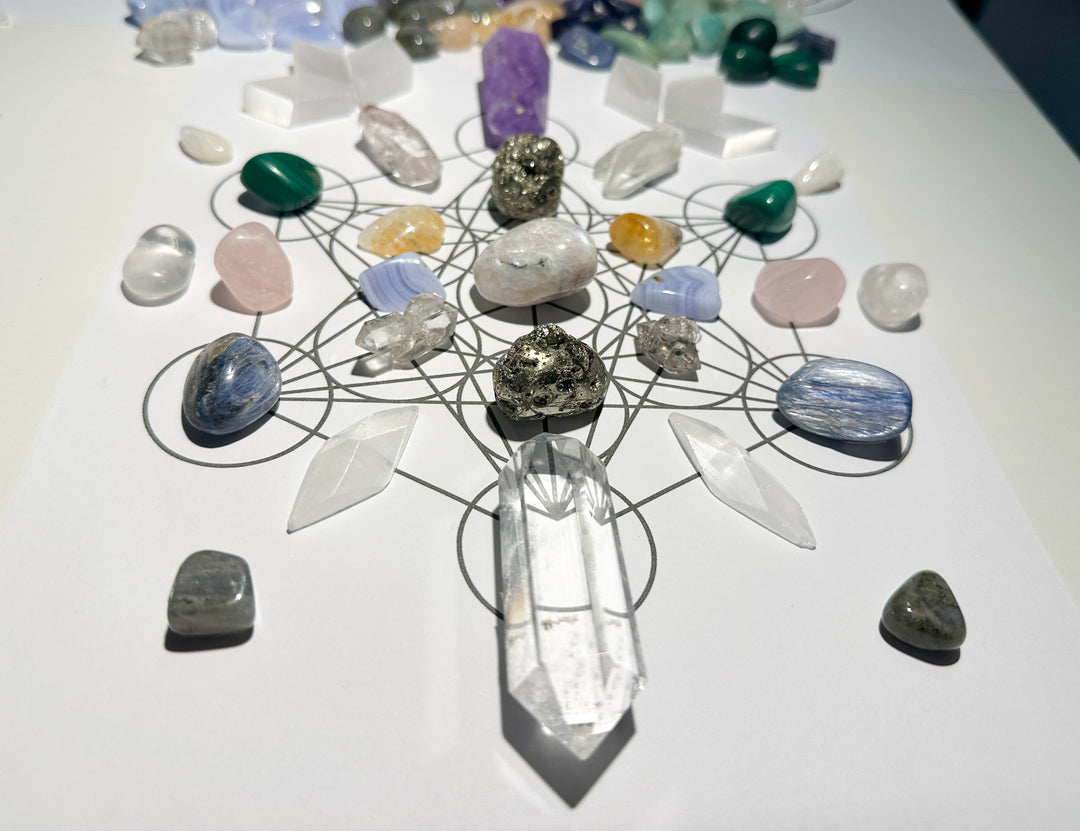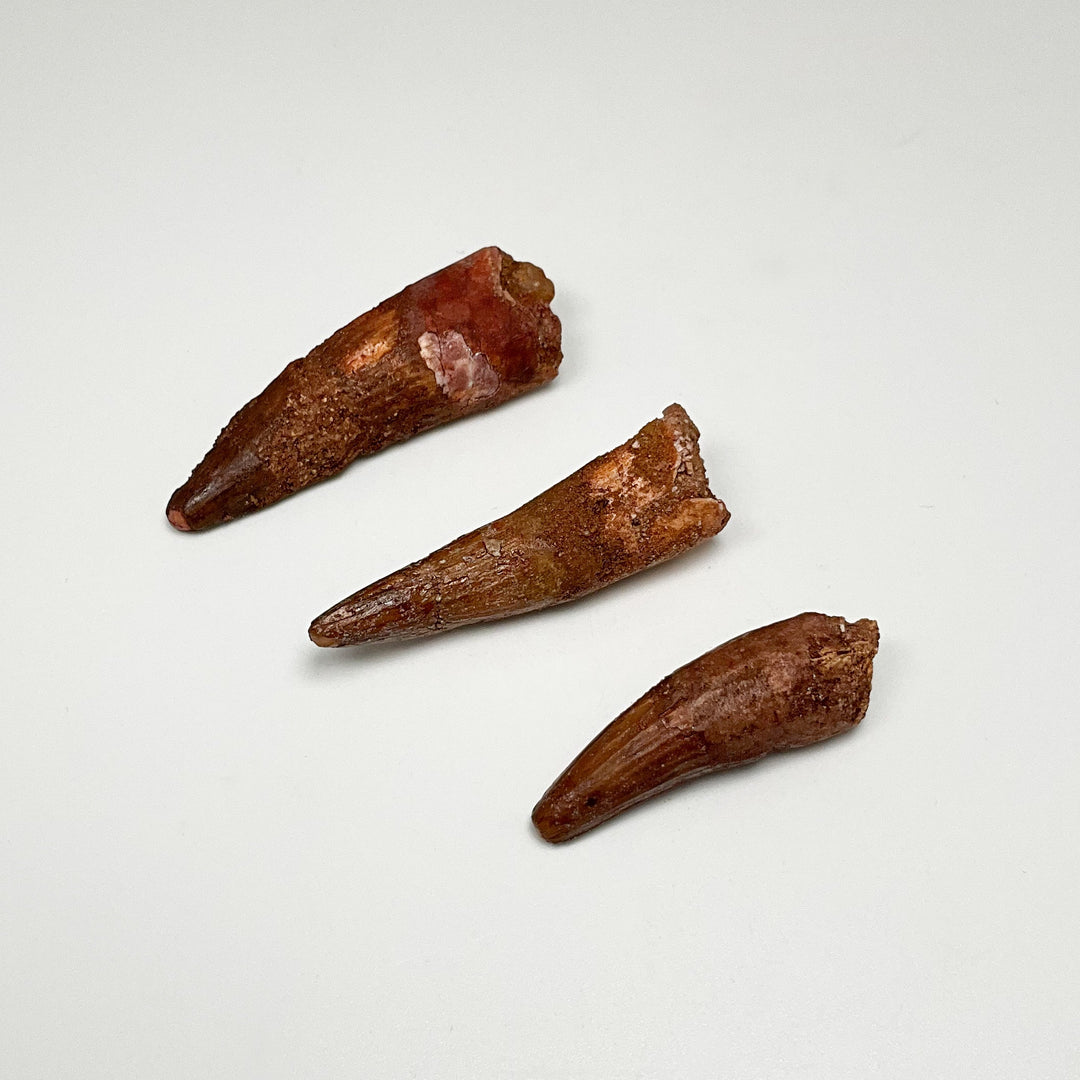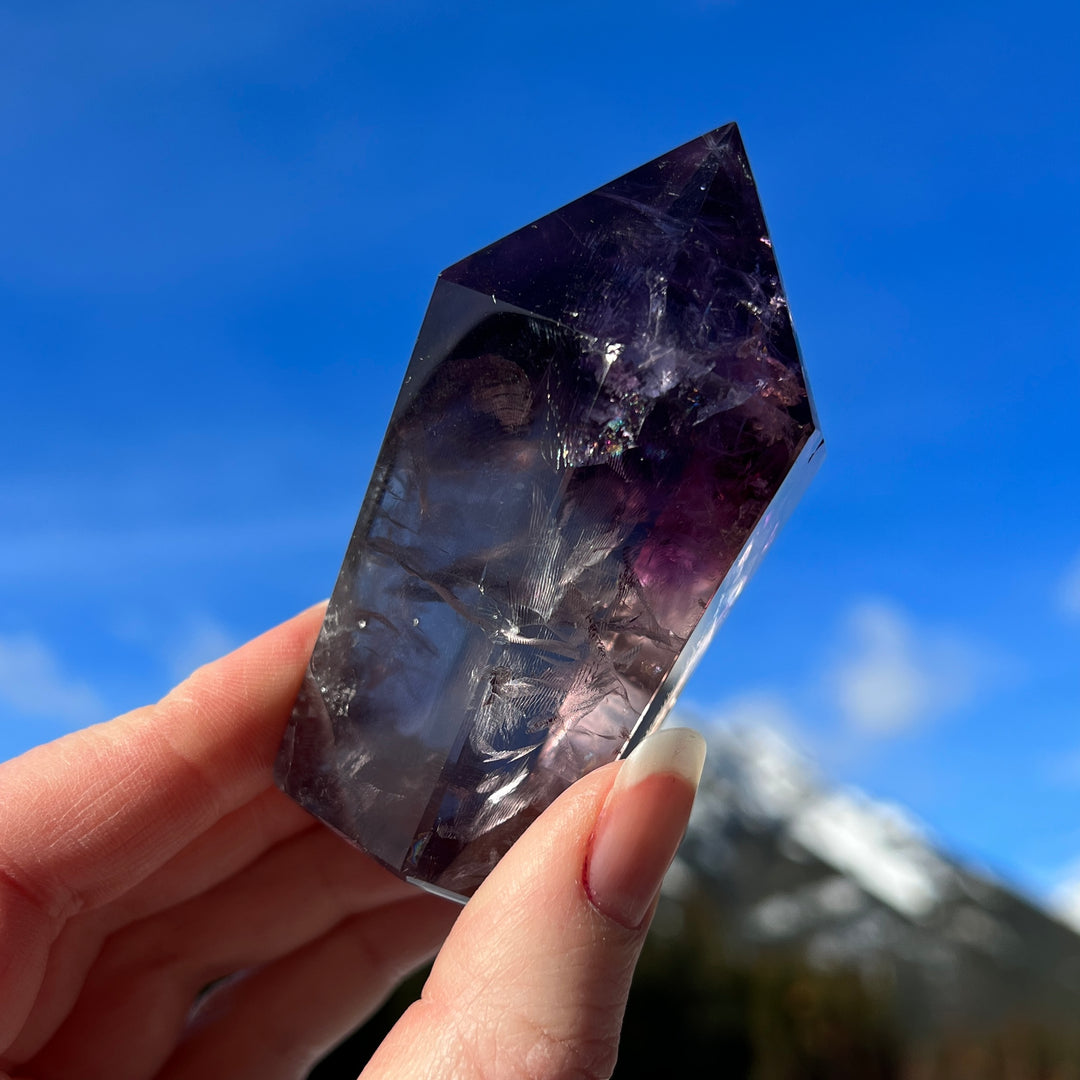A Beginner's Guide to Meteorites

Did you know that there are many different types of meteorites found all over the world? The earth is under constant bombardment by small bodies that hit the outer atmosphere. Most of these are burned up but scientists estimate that about 500 pieces per year survive to impact the surface of the earth. These bodies are known as meteorites.
The word meteorite is derived from the Greek “meteoros” (lifted up in the air) and refers to a solid mass (rock, metal or a mixture of both) that came from space and reached the Earth. Certain solid masses arrive in the high atmosphere and are often burnt up in the atmosphere. This light show is called a meteor or a shooting star - if you've been out Aurora chasing or driving at night, you might have seen this occurrence!
On average, only 150 meteorites land on solid ground, the rest land in the ocean. Only 10 to 20 meteorites are recovered each year, and only 15,000 authentic meteorites have ever been recorded, most of which were found in Antarctica. The next best areas to find meteorites are in the Sahara Desert, the Gobi Desert in China, and other dry, arid, barren places. This means there is less vegetation to hide the meteorites, making them easier to find.
Interestingly, each meteorite has a class and a name, mostly referring to where it was found.
There are three main types of meteorites. They are irons, stony-irons, and stones.
● Irons: the largest meteorites found have been irons. The irons are usually irregular in shape, and may have deep cavities in them. The irons consist mainly of nickel iron alloys. Many irons, when cut and etched with acid reveal a complex intergrowth of kamacite and taenite, called the Widmanstatten structure. This is found only in meteorites.
● Stony-irons: These combine the nickel iron with other stones inside them. On occasion an olivine mineral is present. This is very beautiful and rare. Only 4% of all meteorites are stony-irons.
● Stones: About 90% of all meteorites are stones. Sometimes they are conical or domed shaped. The interior stone is often grey or dark grey in colour. These pieces, unless freshly fallen, with a burnt exterior crust, may be difficult to differentiate from terrestrial rocks.
Meteorites have grown in popularity in recent years with collectors and the general public so let's dive into some of our meteorites and pallasites that we have available online and in store.

Name: Campo Del Cielo
Class: Iron meteorite
Common Form: Blob
Age: 4000 – 5800 years ago
Where: Argentina and possibly Peru
Fact: Name means ‘field of the sky or Heaven’
Makeup: Average specimen is 92.6% Iron, 6.6% Nickel, other

Name: Muonionalusta
Class: Fine octahedrite – most common class
Pattern: Widmanstatten
Common Form: Large blob with rusty 'bark' on outside
Age: Approx 1 million years BCE
Where: Northern Scandinavia, West of the border between Sweden and Finland
Fact: Translates to Finnish for ‘from the beginning of Muonio river’
Makeup: Average specimen is 91% Iron, 8.4% Nickel, other traces

Name: Gibeon
Class: Fine octahedrite – most common class
Pattern: Widmanstatten
Common Form: Slices & chunks
Age: Prehistoric
Where: Namaland, Namibia, Southern Africa
Fact: Named after the nearest town, Gibeon
Makeup: Average specimen is 91.8% Iron, 7.7% Nickel, other

Name: Sikhote Alin
Class: Iron meteorite – coarse octahedrite
Common Form: Small chunks - two main forms demonstrated below
Age: Fall witnessed on February 12, 1947
Where: Sikhote Alin Mountains, Eastern Siberia, Russia
Fact: Shikote alin was a very large meteorite fall that occurred on February 12, 1947 at 10.30am in the Primorskiy Region, Sikhote Alin Mountains of eastern Siberia. It was witnessed by many people who reported a fireball brighter than the sun.
First image: Thumbprinted/ regmaglypted – showing fusion crust

Second image: Shrapnel – looks like sharp pieces of torn metal

Makeup: Average specimen is 93% Iron, 5.9% Nickel, other

Name: Chondrite
Class: Stony non-metallic meteorite
Pattern: Can have refractory inclusions-small shiny flecks of iron, nickel or other
Common Form: Chunks
Age: Origin of the Solar System, 4.56 billion years old approx.
Where: multiple, North West Africa (NWA) Chondrites from Morocco
Fact: Chondrites are the most common type of meteorite that falls to Earth, representing between 85.7% and 86.2% of all meteorites.
Makeup: Various types of dust and grains from early Solar System – very low in iron and nickel content.

Name: Seymchan
Class: Two types - iron meteorite and pallasite – stony iron meteorite
Pattern: Widmanstatten
Common Form: Cut into thin slices
Age: Millions of years old – discovered 1967
Where: Seymchan, Magadan district of far eastern Russia
Fact: Seymchan was originally found in 1967, and because the specimen found had no olivine it was classified as a rare iron. More recent analysis has determined that it is actually a very rare ungrouped iron
Makeup: Average specimen is mostly Iron, 9.15% Nickel, other

Name: Seymchan with Olivine
Class: Pallasite – stony iron meteorite
Pattern: Mixture of iron-nickel metal and translucent, gemlike crystals of olivine
Form: Slabs/slices
Fact: Theory suggests these were created by two to three asteroids crashing into each other in space

Name: Sericho
Class: Pallasite – stony iron meteorite
Pattern: Olivine crystals in an iron-nickel matrix
Common Form: Slabs/slices
Age: Possibly 4.5 billion years old – discovered in 2016
Where: Habaswein, south of Sericho, in Kenya, Africa
Fact: Originally called Habaswein meteorite, this fall was later re-named Sericho after the Keynesian area where the impact took place
Makeup: Average 70-even 90% olivine, chromite

Name: Admire
Class: Pallasite – stony iron meteorite
Pattern: Olivine crystals in an iron-nickel matrix
Common Form: Slabs/slices
Age: Discovered in 1881 - fall date unknown
Where: near Admire, Kansas, USA
Fact: Admire meteorite is the swirling presence of the iron meteorite with very small olivine crystals forming between them. This appearance is specific to Admire meteorites and has not been seen in any other pallasite specimen.
Makeup: Iron-nickel approx 11%, 90% crystals
When it comes to meteorites, there are some some key words to help class and define each meteorite. Here are some handy key words and their explanation:
Octahedrite: crystal structure paralleling an octahedron. Due to a long cooling time in the interior of the parent asteroid, the alloys have crystallized into intermixed millimeter sized bands. When polished and etched, they display the Widmanstatten patterns of intersecting lines.
Widmanstatten: Widmanstätten patterns are unique to meteorites, they do not occur in metals found on earth. They were first observed by a scientist named Alois Widmanstätten. These patterns are formed of interwoven bands of kamacite and taenite, and can only form over literally millions of years of cooling. It has been estimated that it took about 1000 years for these molten pieces of planetary core to cool by just 1 degree Celsius!
The beautiful crystalline patterns characteristic of iron meteorites are more than just beautiful oddities; they tell us how long it took for the planetary core from which the meteorite is derived to cool. He and other scientists theorize the patterns are further modified during the formation of meteorites in the ultra cold vacuum of space, combined with collisions of the meteors in space causing stress fractures and formations in the metals.
The pattern is then challenged again when the piece is subjected to extreme heat, pressure, and velocity upon entering the atmosphere. No two meteorites have the exact same Widmanstatten pattern; this makes collecting these pieces a very unique hobby. Some collectors try to collect meteorites from many different locations so their collections show many examples of the different patterns available.
Pallasite: A pallasite is a meteorite that contains olivine. Olivine is an unusual substance; it is similar to peridot. Scientists theorize that olivine is the leftover material from an extinct planet that did not fully form during the formation of our solar system 4.5 billion years ago. (perhaps the early forming planet was destroyed billions of years ago by collisions of extremely large meteorites with the young planet).
They are believed to come from the interior of a planet, from the border of the silica rich mantle and the iron-nickel core of the planet. A catastrophic event caused the planet to be destroyed; the pallasites (meteorites with olivine) are the remnants from the interior of the extinct planet.
Olivine may be translucent, so it may be possible to see green/gold olivine gem within the pallasite meteorite. If sliced thin, it may be possible to see through the gem.
Not all pallasites are created equal and transitional slices show characteristics of both pallasites and iron meteorites.
We have been in the business of selling meteorites for over 30 years - rest assured that all of our meteorites are certified genuine and include an information card with a certificate of authenticity.
If you are interested in purchasing a meteorite to add to your collection, shop our website here.
Did you find this blog informative, or do you have more questions? Drop us a comment below!









Leave a comment